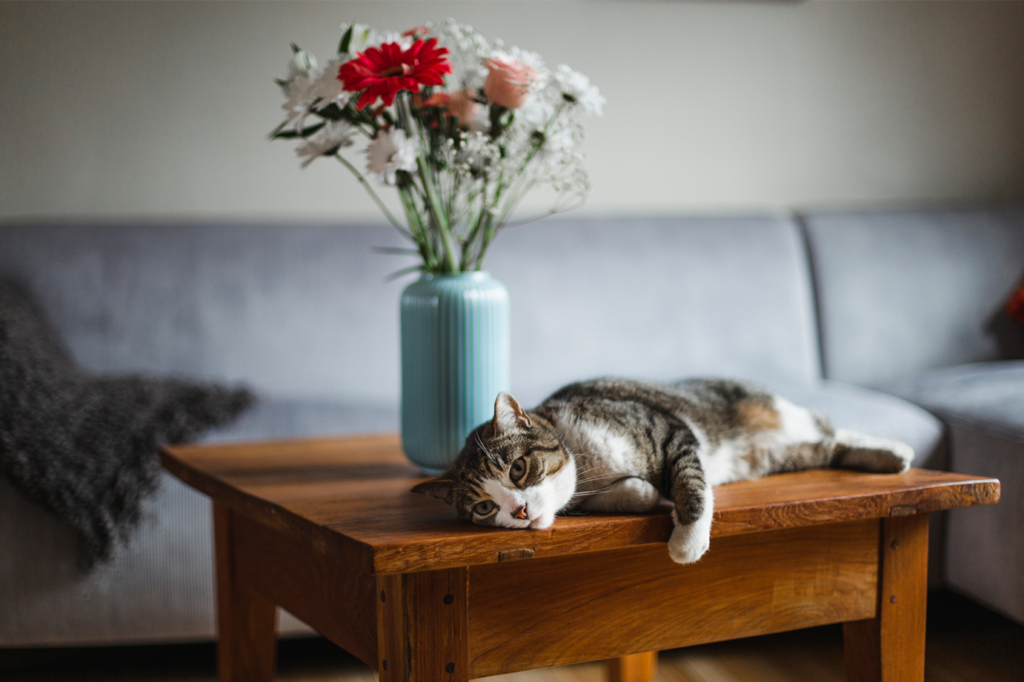
Date published
January 3, 2024
Floral arrangements can bring a touch of nature into our homes, but for pet owners, it’s crucial to be aware of which ones are safe and which could be harmful to our furry friends. This blog post will delve into flowers that are either safe or toxic to cats and dogs, and overall pet-safe practices for bringing plants into your home.
As pet owners, we often worry about our cats and dogs nibbling on houseplants. Luckily, there are several pet-safe options to brighten up your home without the risk. Some popular pet-safe flowers and plants include:
On the other hand, some common flowers can be sadly dangerous to our furry friends. Here are a few types of blooms to avoid when you’re shopping for your next bouquet:
Remember—this list is not exhaustive. To play it safe, follow the instructions for pet-safe practices below.
Toxic & Non-Toxic Plants for Dogs Toxic & Non-Toxic Plants for CatsTo prevent your pet from eating something toxic, it’s essential to think ahead when buying plants and flowers for your home. Try following these pet-safe practices:
Always research or consult with a vet before introducing a new plant or flower into your home. Great sources to reference online include the ASPCA or PetMD.
Keep potentially harmful plants on high shelves or in rooms that are off-limits to pets. Of course, this can be tricky when it comes to cats, so it’s best to avoid toxic plants altogether if there’s a risk they can come in contact.
If you suspect your pet has ingested a toxic plant, look for symptoms like vomiting, diarrhoea, or lethargy. Then make sure to follow the instructions below.
If your pet does happen to ingest a toxic plant, it’s important to act quickly. Remove any plant material from their mouth or fur, and contact your veterinarian or an emergency pet poison helpline. Provide details about the plant consumed and observe your pet closely for any signs of distress, as prompt veterinary attention can be crucial in preventing more severe health complications.
By being mindful of the flowers we bring into our homes, we can create a safe environment for both our pets and ourselves. Remember, while some plants are safe for cats, they might not be safe for dogs, and vice versa. Always err on the side of caution and choose pet-safe options to keep your furry family members healthy and happy.